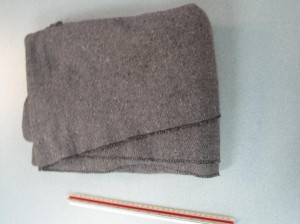Participants in workplace-approved standard first aid courses will learn to provide care for and manage patients with mild hypothermia. Cases of mild hypothermia begin as the body’s core temperature drops below 35 degrees Celsius. This page will outline the common methods of caring for patients with mild hypothermia. The material posted on this page is for information purposes only, to learn to recognize and care for patients with hypothermia take a standard first aid course through one of our credible providers in Surrey, Vancouver, Edmonton, Calgary, Saskatoon, Regina, Ottawa, or Winnipeg.
The following is a guideline for providing patient care for mild hypothermia:
- The rescuer must assure the scene assessment has been complete and that the patient is conscious and responsive.
- Patients in states of mild hypothermia do not need critical intervention. If the patient’s condition worsens the rescuer should contact emergency medical services (EMS).
- The rescuer should frequently reassess vitals and levels of consciousness to determine if the situation is changing for the worse. A radial pulse can be difficult to find in a hypothermia patient due to vasoconstriction.
Using a first aid and CPR blanket can help treat mild hypothermia. - The rescuer should help the patient minimize further heat loss. This includes removing the patient from the cold environment, replacing wet clothes with dry ones, wrapping the patient in blankets, and turning up the heat as high as possible.
- The patient should be handled gently as exertion can increase further heat loss and the patient is likely to be tired or weak.
- The rescuer should not suppress any shivering no matter how violent it appears. Shivering is an effective means of warming the body.
- The patient should not be given any stimulants such as alcohol, caffeine, or caffeinated drinks. Hot drinks are not useful in rewarming the patient, however, they do make the patient feel better. The patient must be fully alert before taking hot fluids.
The material posted above is for treating patients with mild hypothermia that exhibit good level’s of consciousness and cor body temperature has not dropped below 33 degrees. For more information on recognizing and providing care for patients with hypothermia and other environmental emergencies take a standard first aid course through a credible provider.

